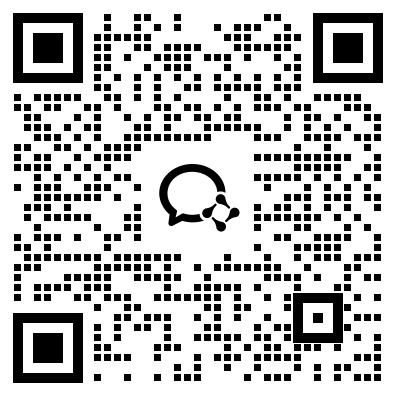OpenSSL is a widely used open source software library that provides cryptographic functions to various applications. One of the functions provided by OpenSSL is the ability to handle digital certificate and public key infrastructure (PKI) operations. When dealing with digital certificates, one of the important components is the subject field. In this article, we will be looking at the OpenSSL subject field from multiple angles.
What is a Subject?
In digital certificates, the subject is the entity for which the certificate is issued. In other words, it identifies the person, organization, or device that is being certified. The subject is typically identified by a distinguished name (DN), which is a unique identifier made up of specific attribute values. The DN is expressed in a specific format called X.509, which is used universally in digital certificates.
The subject field in a certificate is a critical component as it is used to verify the identity of the entity holding the certificate. The information in the subject field is used by a relying party (such as a web server) to determine whether to trust the certificate presented by a client.
Understanding the Structure of the Subject Field
The subject field in an X.509 certificate is made up of several attributes, each containing a specific piece of information about the subject. The most commonly used attributes in a subject field are:
- Common Name (CN): This attribute typically contains the fully qualified domain name (FQDN) for the subject. For example, if the certificate is being issued to a web server, the common name might be www.example.com.
- Organization (O): This attribute identifies the legal name of the organization or entity that the certificate is being issued to.
- Organizational Unit (OU): This attribute identifies a specific unit within the organization that the certificate is being issued to.
- Country (C): This attribute specifies the two-letter ISO code for the country in which the subject is located.
- State or Province (ST): This attribute identifies the state, province, or region in which the subject is located.
- Locality (L): This attribute identifies the city or locality in which the subject is located.
These attributes can be combined in different ways to create a unique and specific DN for the subject.
Uses of the Subject Field
The subject field is used by various applications such as web servers, email clients, and VPNs for authentication and trust purposes. For example, when a user connects to a secure website, the web server presents its digital certificate, which contains its subject field. The user's browser will then compare the information in the subject field to the URL of the website to make sure that the certificate is being presented by the correct server. If the browser detects any discrepancies, it will issue a warning to the user.
Another use of the subject field is in certificate revocation. When a digital certificate is revoked, the Certificate Authority (CA) will add the revoked certificate's subject to a Certificate Revocation List (CRL). Applications can use the CRL to determine whether a certificate is valid or has been revoked.
Conclusion
In summary, the OpenSSL subject field is a critical component of digital certificates that helps to verify the identity of the certificate holder. The subject field is made up of specific attributes and is used by various applications for authentication and trust purposes. It is important to ensure that the information in the subject field is accurate and up-to-date to avoid any security issues.
Keywords: OpenSSL, digital certificates, subject field, distinguished name, attributes, authentication, trust.
微信扫一扫,领取最新备考资料
